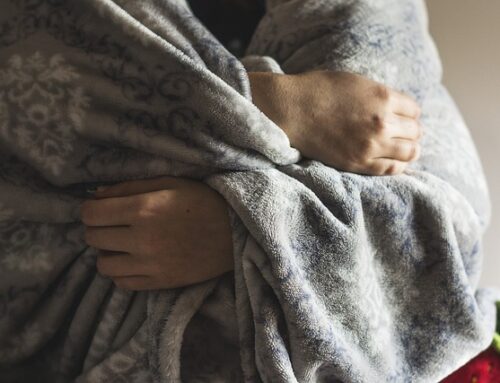Sleep apnea and chronic pain often co-exist, but it is also important to understand each condition individually for the best treatment options. In the new Diagnostic and Statistical Manual of Mental Disorders (DSM-5), it is mandated that coexisting medical and mental conditions should be independently specified when treating patients. This then raises the question, which came first, pain or sleep disturbance?
Studies suggest that 50 to 70 percent of chronic pain patients suffer from a sleep disturbance and that 89% of patients seeking treatment for chronic pain report at least one complaint related to a disturbed sleep and wake cycle, according to a recent study.
Sleep apnea, restless leg syndrome and periodic limb movements in sleep are the most commonly cited ailments associated with pain. In fact, sleep apnea is diagnosed in 17 percent of headache patients, which exceeds population rates.
It is evident that pain impairs sleep, but there is evidence of a biodirectional relationship between pain and sleep. Increased pain in the daytime is often linked with poor subsequent nighttime sleep and poor sleep is associated with augmented next-day pain.
What is the relationship between pain and sleep?
In patients that suffer from chronic pain, the study states that a self-perpetuating cycle can be set in motion in which joint, myofacial or musculoskeletal disease leads to fatigue. This then leads to decreased exercise and physical deconditioning. Patients then begin to spend more time in bed, which causes their basic circadian cycle to be disrupted.
And as a result, the basic physiologic rhythm of sleep is lost and this lack of movement and sleep begins to lead to more pain and even more sleep loss. Obtaining less than six hours or more than nine hours of sleep can be associated with greater next-day pain. To help improve sleep among these patients it is important to encourage exercise. More strenuous exercise during the day will help to promote better sleep. Just make sure the exercise patients are performing is completed at least three hours before bedtime.
It is important for us as dentists to be on the lookout for signs and symptoms of sleep apnea. This is also the case for chronic pain among our patients–especially when the two are connected. By gaining a better understanding of this link, you can not only identify these conditions, but treat them individually for the best results.





